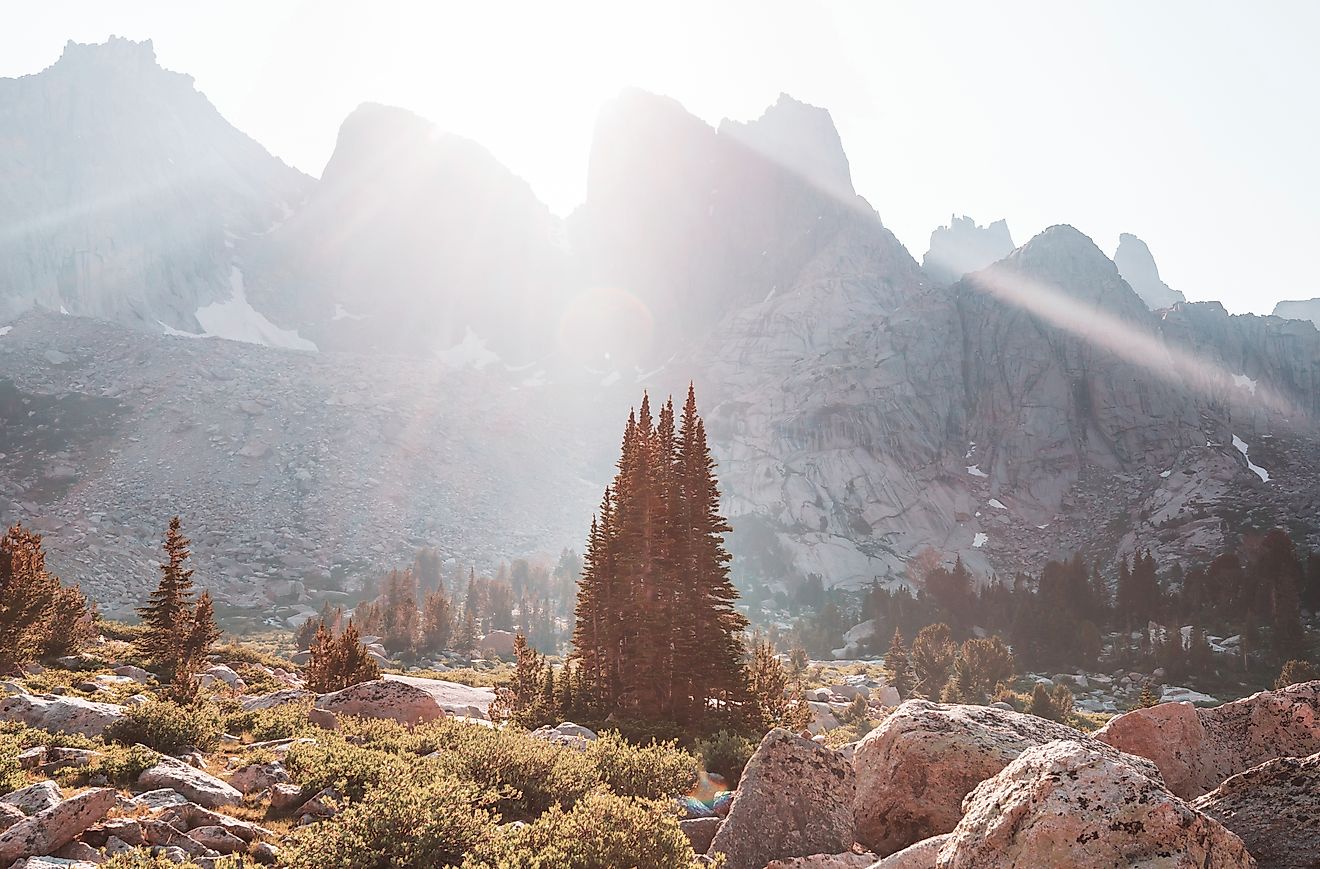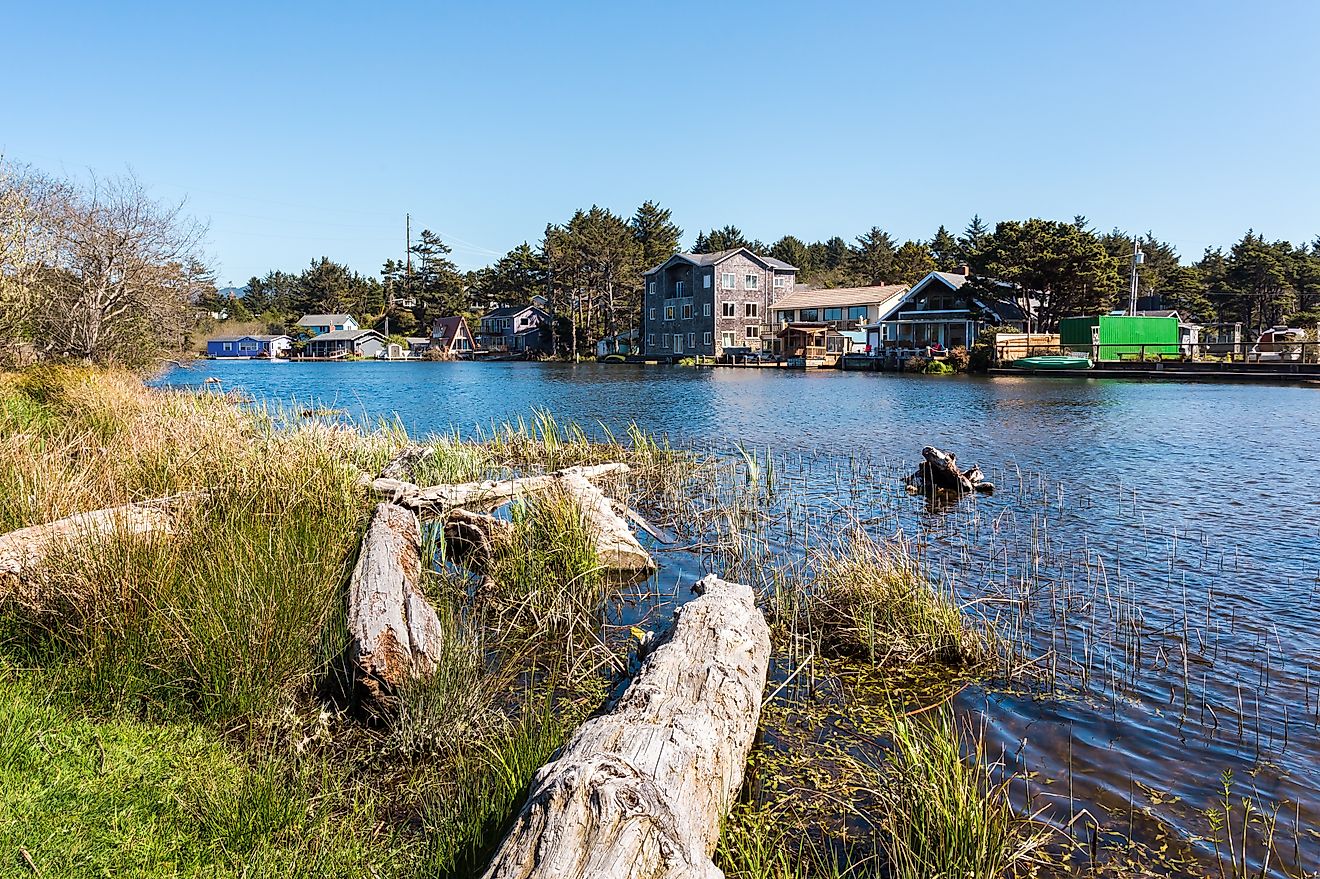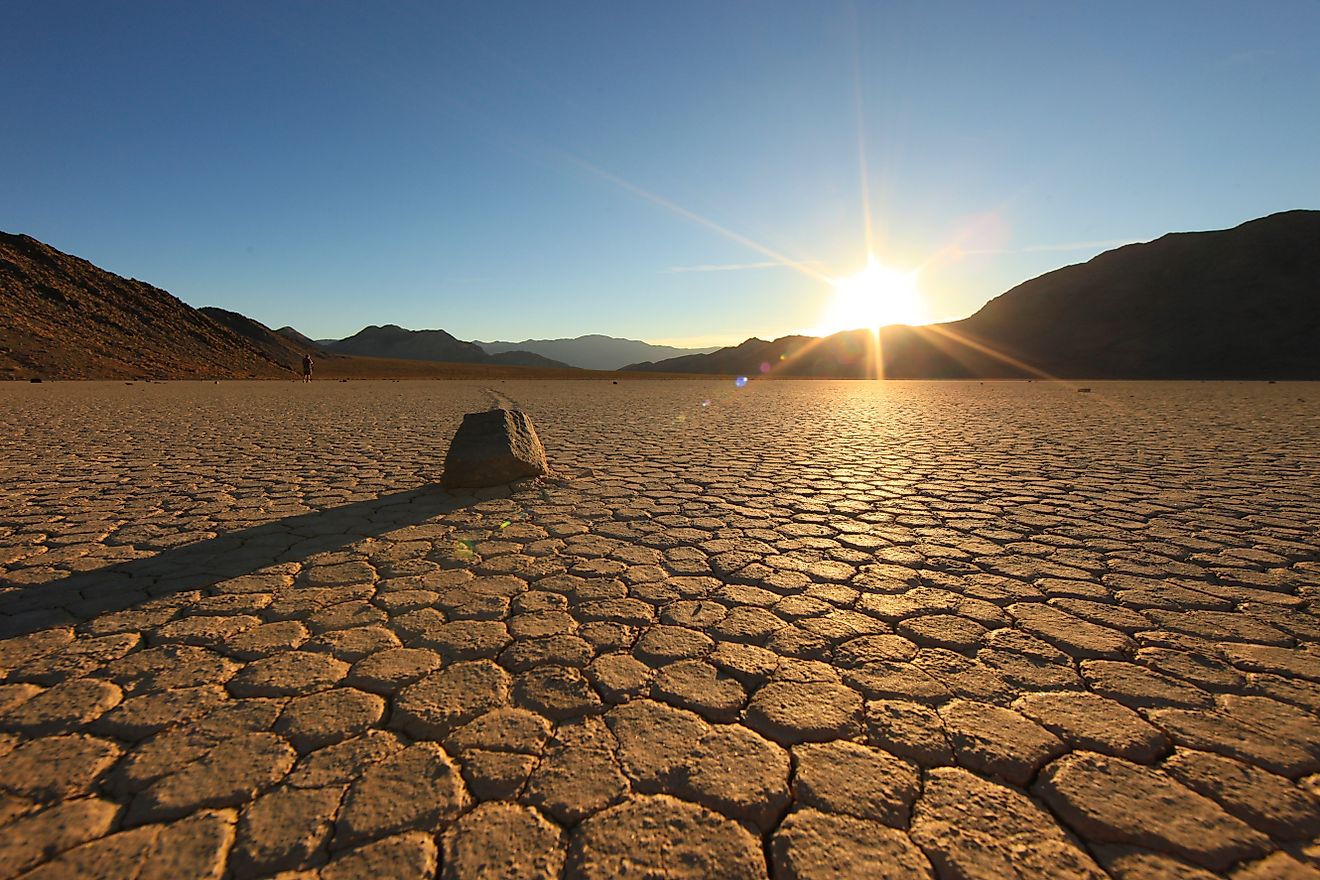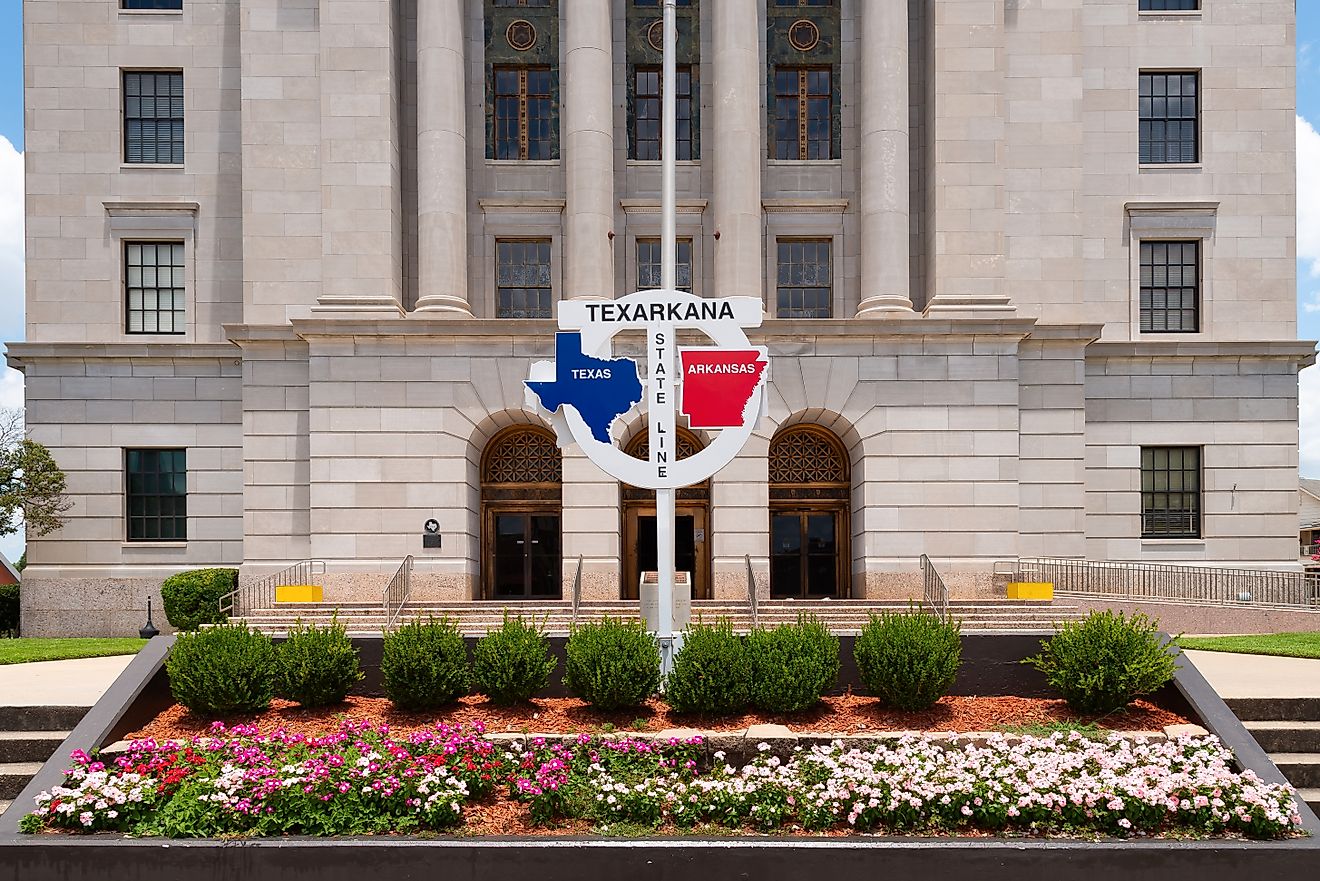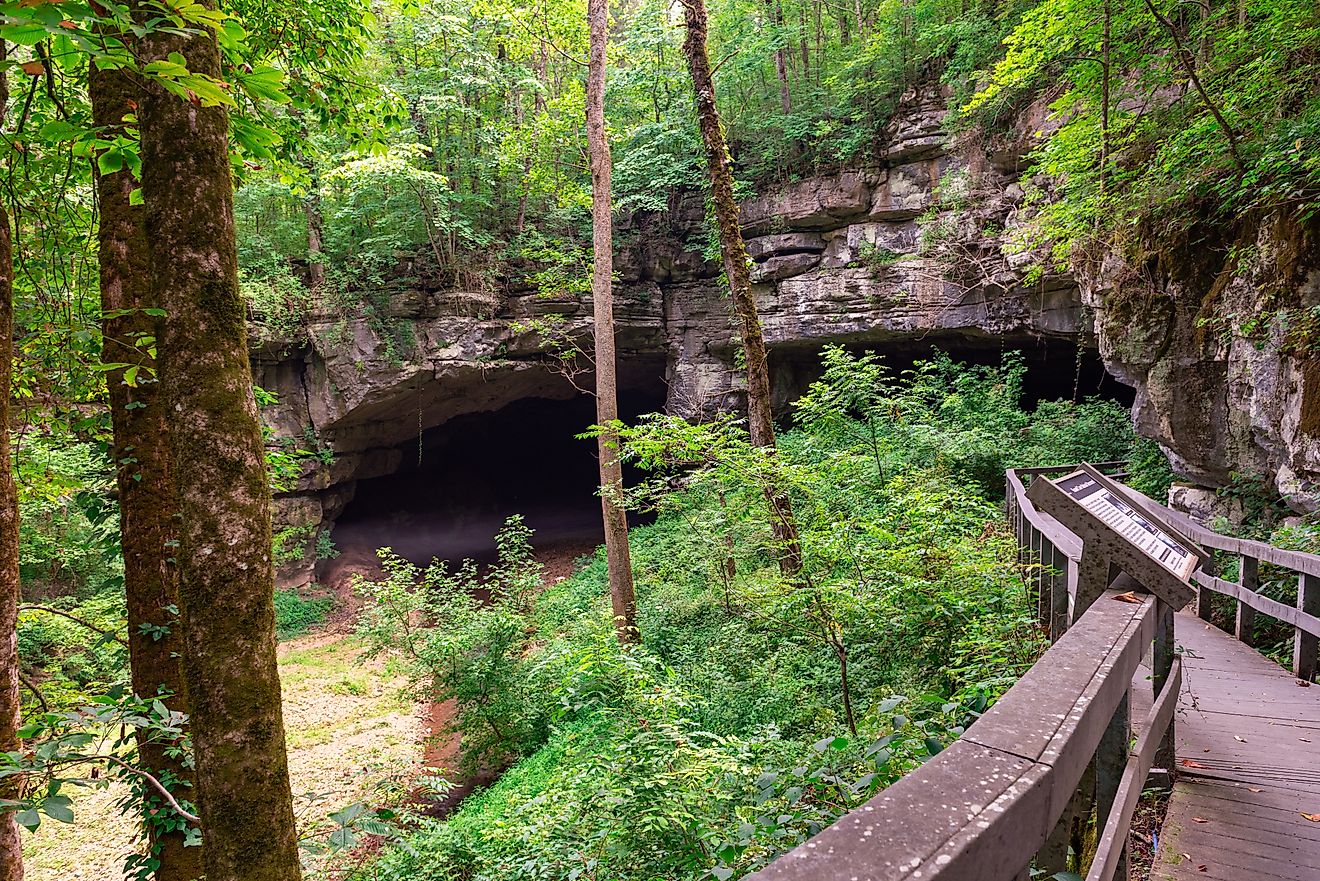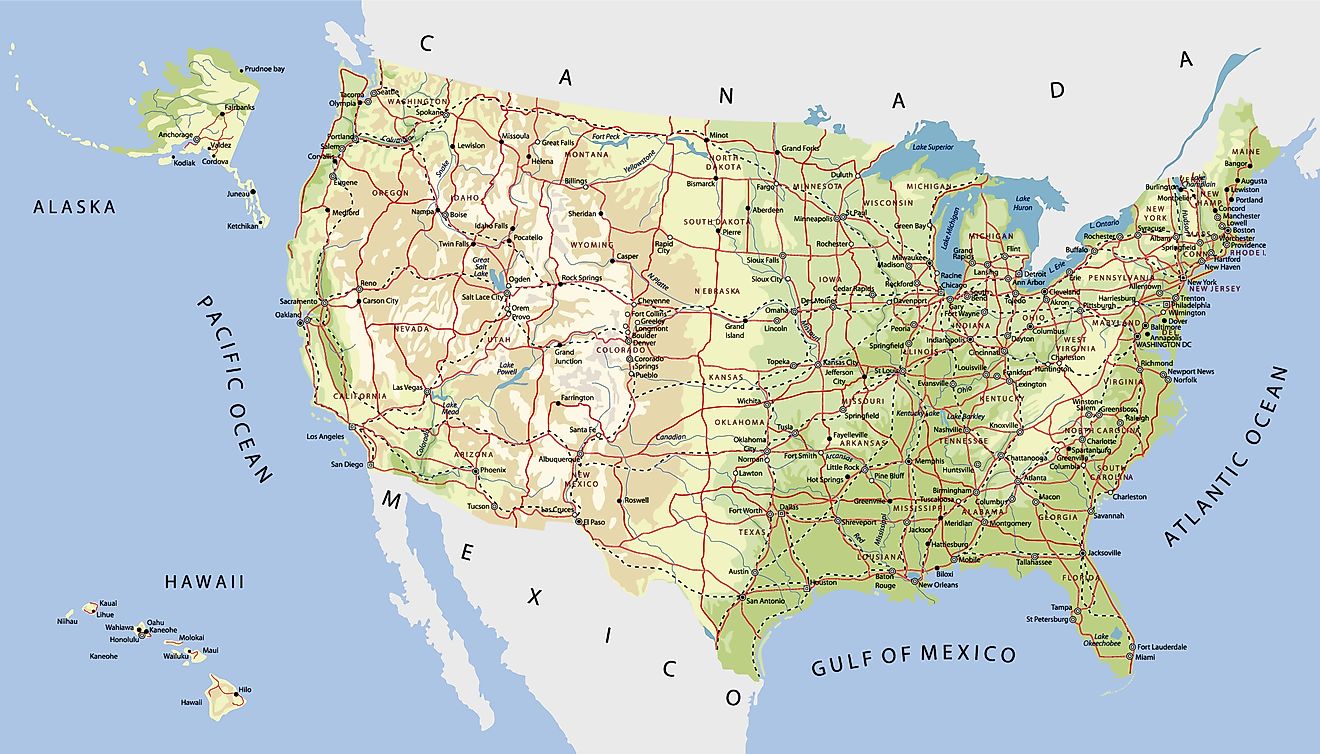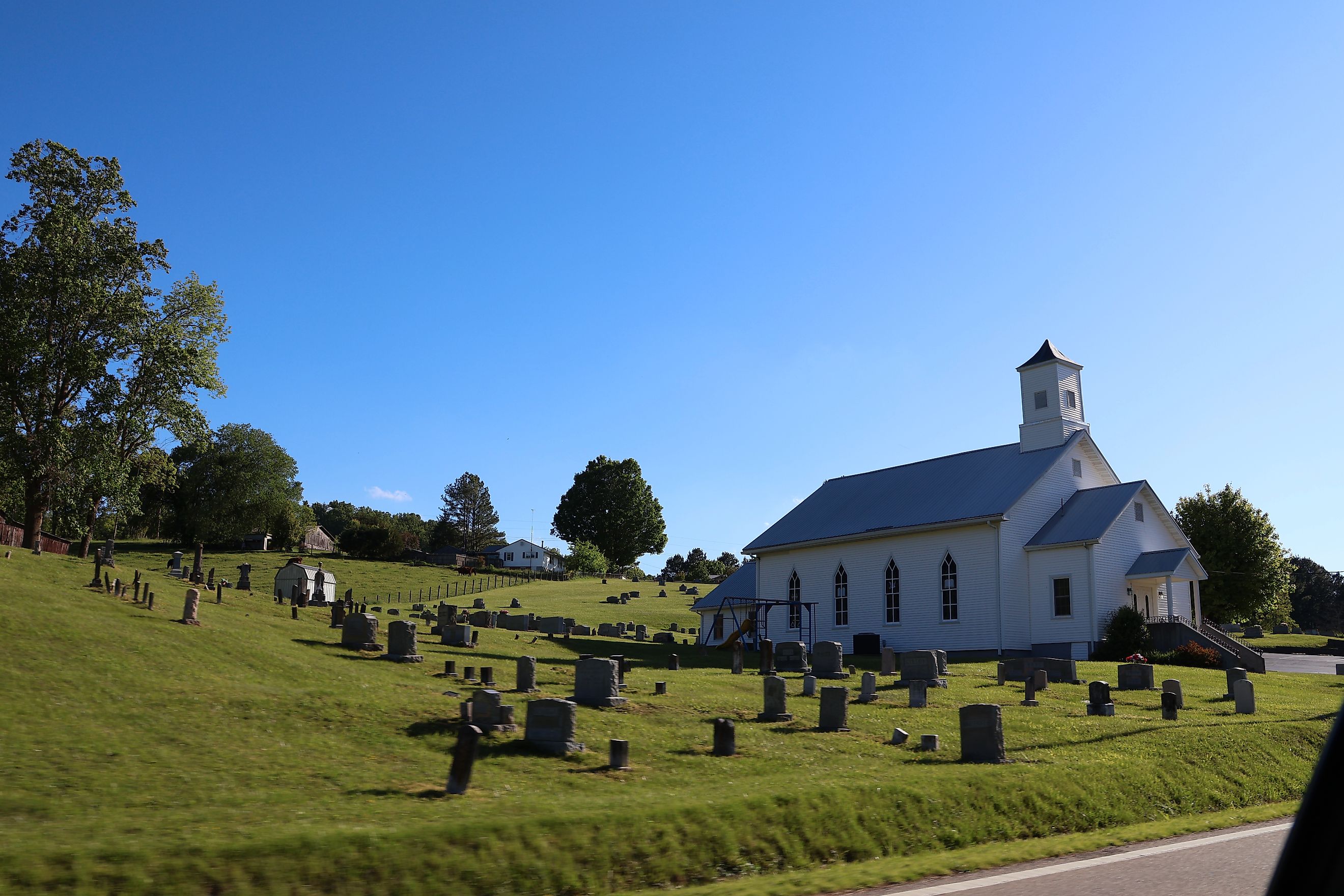
Which US States Are Part of the Bible Belt?
Across the southeastern and south-central United States lies a region where faith shapes more than Sunday mornings. The Bible Belt is both a cultural and spiritual landscape, where churches rise on nearly every corner and community life often revolves around religious tradition. It’s a place where gospel music fills small-town festivals, high school football games open with prayer, and local values are deeply influenced by generations of Christian belief.
The term Bible Belt was first popularized in the early 20th century by journalist H. L. Mencken, who used it to describe a region where Protestant fundamentalism held strong political and social influence. Over time, the boundaries of the Bible Belt have blurred and shifted, but the heart of the region remains rooted in faith, tradition, and a deep sense of community.
While religion is the defining thread, the Bible Belt’s identity also includes its food, music, and landscape. The rolling hills of Tennessee, the pine forests of Mississippi, and the prairies of Oklahoma all add dimension to a region that feels distinctly American.
So, which states make up this storied belt of belief? The answer shifts depending on how one measures faith; by church attendance, evangelical influence, or cultural heritage. Yet, a core group of states consistently stands out as the backbone of the Bible Belt.
Texas
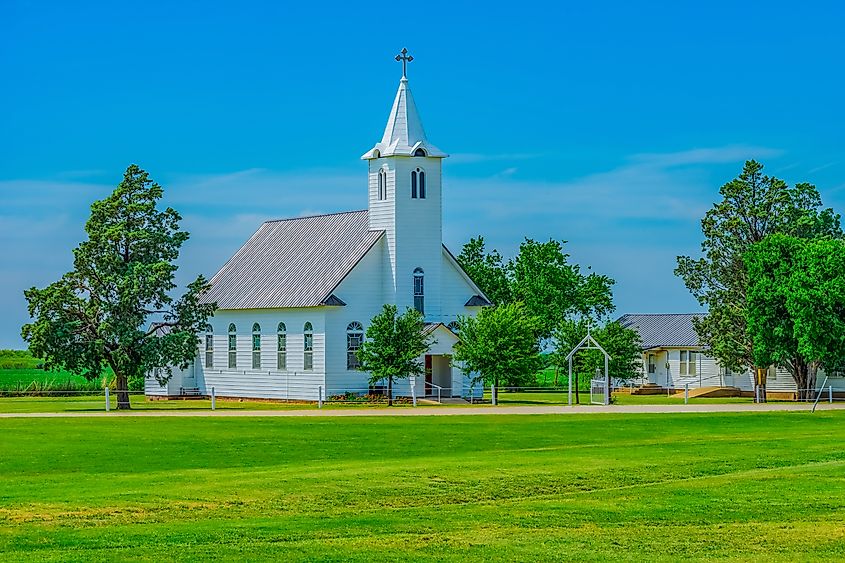
Texas stands at the western edge of the Bible Belt, but its influence is enormous. Home to more than 27 million residents and thousands of churches, Texas blends Southern Baptist traditions with a modern megachurch movement. Cities like Dallas, Houston, and San Antonio feature some of the largest congregations in the country, including Lakewood Church, led by Joel Osteen.
Beyond urban centers, small towns hold tightly to faith-based traditions that shape local life. Sunday mornings are still quiet across much of the state, and community gatherings often take place at the church rather than city hall.
Texas is also a key player in religious broadcasting and Christian education. Institutions such as Baylor University and Dallas Theological Seminary have trained generations of pastors and theologians, influencing both regional and national religious thought.
Alabama
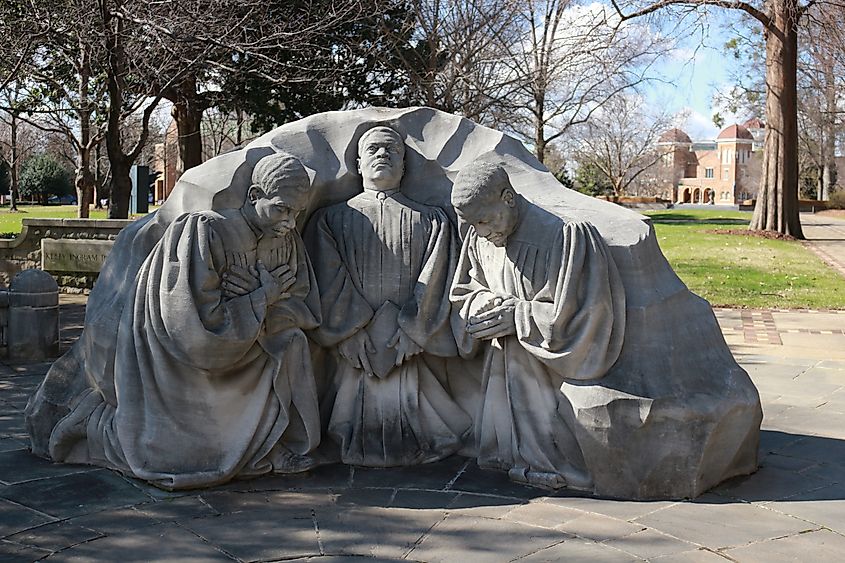
Alabama is often cited as the most deeply religious state in the country. Church attendance remains among the highest in the nation, and more than 80 percent of residents identify as Christian. Faith influences nearly every aspect of life, from local laws to community events.
The state’s religious roots trace back to the Great Awakenings of the 18th and 19th centuries, which sparked a wave of evangelical fervor across the South. Today, Alabama is home to thousands of Baptist, Methodist, and Pentecostal churches. Towns like Montgomery and Birmingham host thriving gospel music scenes, while rural congregations maintain century-old traditions of revival services and Sunday dinners.
Religion’s role extends into politics as well, with leaders frequently invoking faith in public discourse. Alabama represents not just the spiritual core of the Bible Belt, but also its cultural continuity.
Mississippi
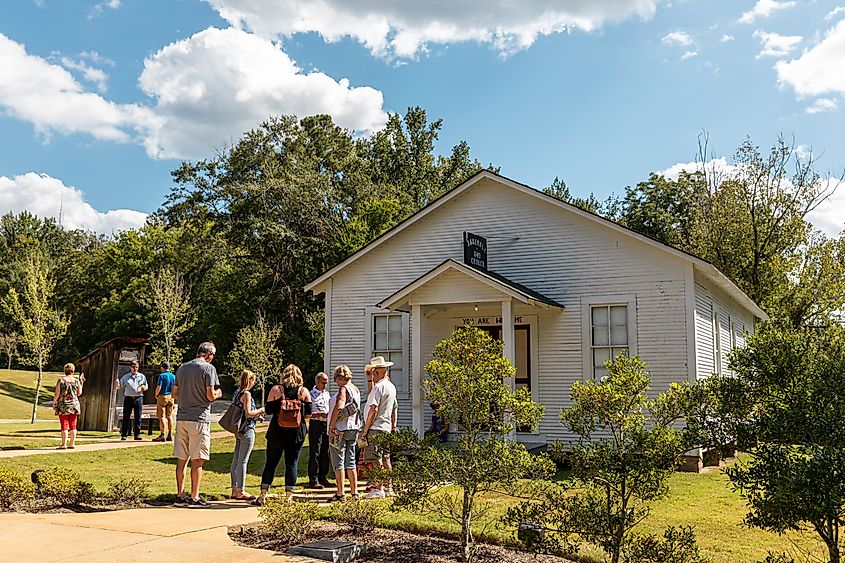
Mississippi’s landscape is marked by winding rivers, magnolia trees, and a church in nearly every community. Faith is woven into the rhythm of daily life, shaping social gatherings, education, and even cuisine.
The state consistently ranks near the top for religious participation, with strong representation from Baptist and Methodist denominations. Church attendance remains a cornerstone of community life, and gospel choirs play an important role in local culture.
Historically, Mississippi was a key battleground during the Civil Rights Movement, and many churches became centers of both faith and activism. That legacy still resonates, highlighting how religion in the Bible Belt is as much about community resilience as it is about worship.
Tennessee
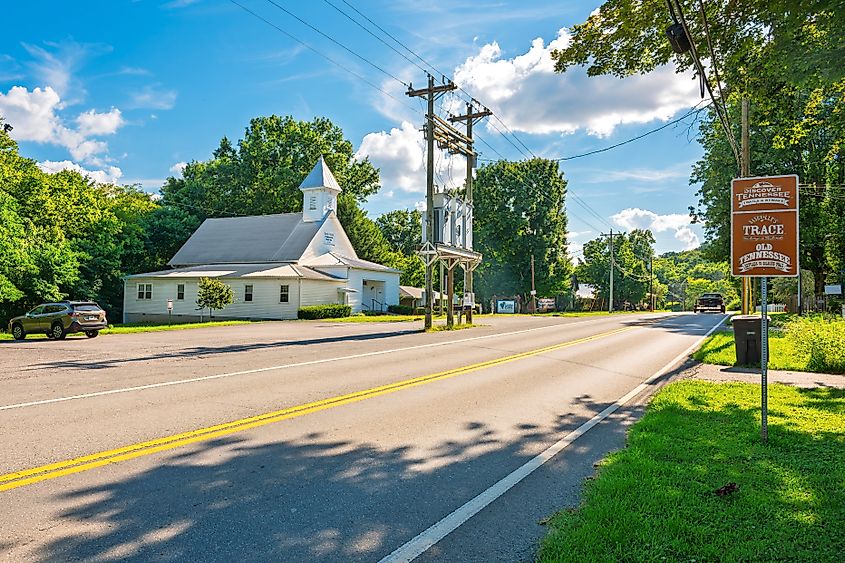
Tennessee offers a unique blend of faith and creativity. Nashville, often called the “Buckle of the Bible Belt,” houses both country music legends and Christian media powerhouses. The city is home to the Southern Baptist Convention headquarters and major Christian publishing firms, making it a central hub for evangelical culture.
East of Nashville, in the foothills of the Appalachians, small-town churches echo with gospel hymns that helped shape American religious music. Meanwhile, Memphis combines soul, blues, and church traditions in a way that blurs the line between music and ministry.
Tennessee’s combination of spiritual intensity and artistic expression makes it one of the Bible Belt’s most dynamic states.
Arkansas
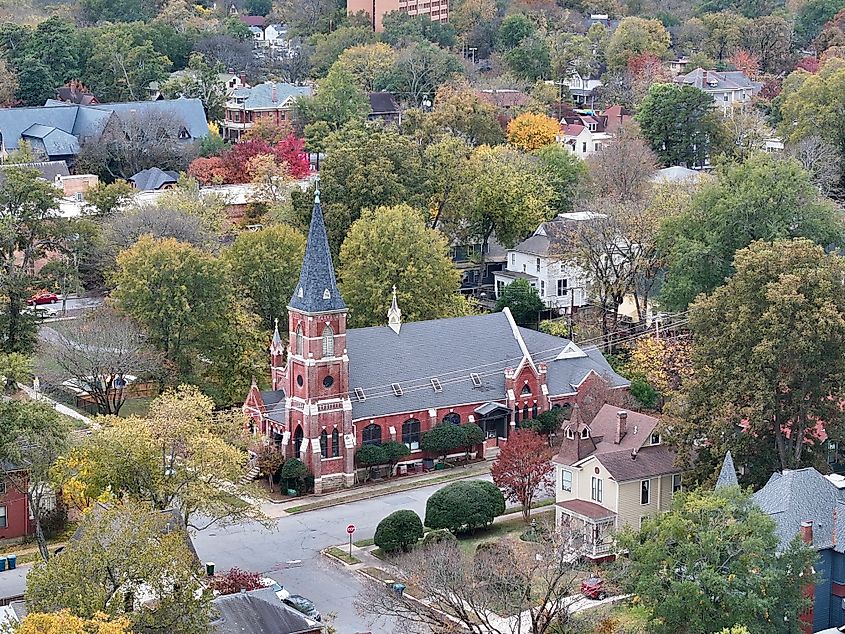
Arkansas represents the Bible Belt’s rural heart. Rolling farmland and quiet valleys form the backdrop for communities that still value church-centered living. The state’s religious culture leans heavily toward Baptist and Pentecostal traditions, though Methodist and non-denominational churches also thrive.
Local festivals often include faith-based elements, and religious radio is a mainstay across the state’s airwaves. In cities like Little Rock and Fayetteville, modern megachurches stand beside historic chapels that date back to the 1800s.
Religion’s reach extends into education, philanthropy, and even sports, where faith-based youth programs remain strong. In many ways, Arkansas captures the Bible Belt’s enduring balance between traditional values and contemporary life.
Oklahoma
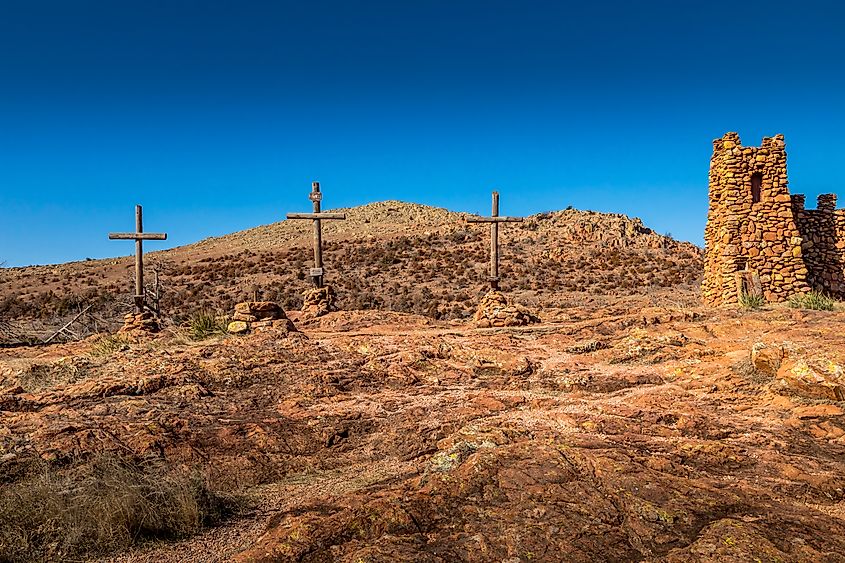
Oklahoma stands at the crossroads of the South and the West, blending Bible Belt tradition with frontier independence. The state’s religious landscape is dominated by evangelical Protestantism, particularly Southern Baptists, Assemblies of God, and independent Christian congregations.
Oklahoma City and Tulsa are centers of both worship and outreach, home to large churches with regional and national influence. One of the best-known examples is Life.Church, a network that pioneered online worship and digital Bible tools used worldwide.
Rural areas maintain strong faith-based communities where church life still shapes local identity. Oklahoma’s combination of innovation and tradition demonstrates how the Bible Belt continues to evolve without losing its core character.
Georgia
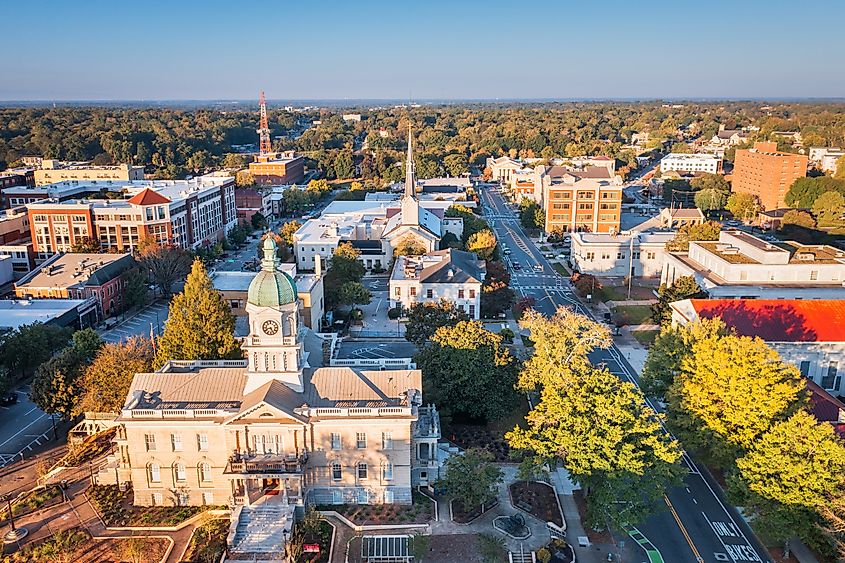
Georgia bridges the Deep South’s religious fervor with the cultural dynamism of the Southeast. Atlanta’s sprawling suburbs host hundreds of churches ranging from historic Black congregations to modern evangelical megachurches.
Beyond the city, rural Georgia retains deep ties to Baptist and Methodist traditions that date back to the 18th century. Sunday services, gospel music, and church-centered community events remain vital to daily life.
Georgia also plays an important role in religious diversity and education, with institutions such as Emory University’s Candler School of Theology and Morehouse College’s School of Religion influencing theology and social thought across the region.
Mapping the Bible Belt
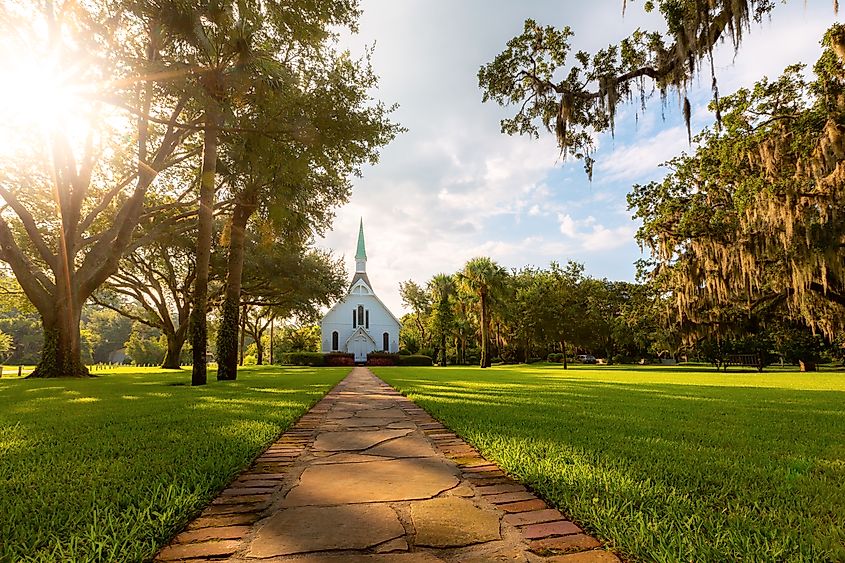
While exact boundaries shift depending on who defines them, researchers often map the Bible Belt based on religious affiliation and church attendance. Below is a general look at the core states most frequently included:
| State | Primary Denominations | Religious Attendance Rank (Approx.) |
|---|---|---|
| Alabama | Baptist, Methodist | 1 |
| Mississippi | Baptist, Pentecostal | 2 |
| Arkansas | Baptist, Pentecostal | 4 |
| Tennessee | Baptist, Methodist | 5 |
| Oklahoma | Baptist, Non-denominational | 7 |
| Texas | Baptist, Non-denominational | 9 |
| Georgia | Baptist, Methodist | 10 |
Faith at the Core
The Bible Belt is more than a geographic label. It represents a living cultural legacy, one that ties together family, community, and conviction. Each state within it contributes a unique voice to a shared story of faith and perseverance.
From the megachurches of Texas to the small wooden chapels of Mississippi, these landscapes are filled with history and harmony. The Bible Belt remains an enduring reminder that belief, in all its forms, continues to shape the American experience.
